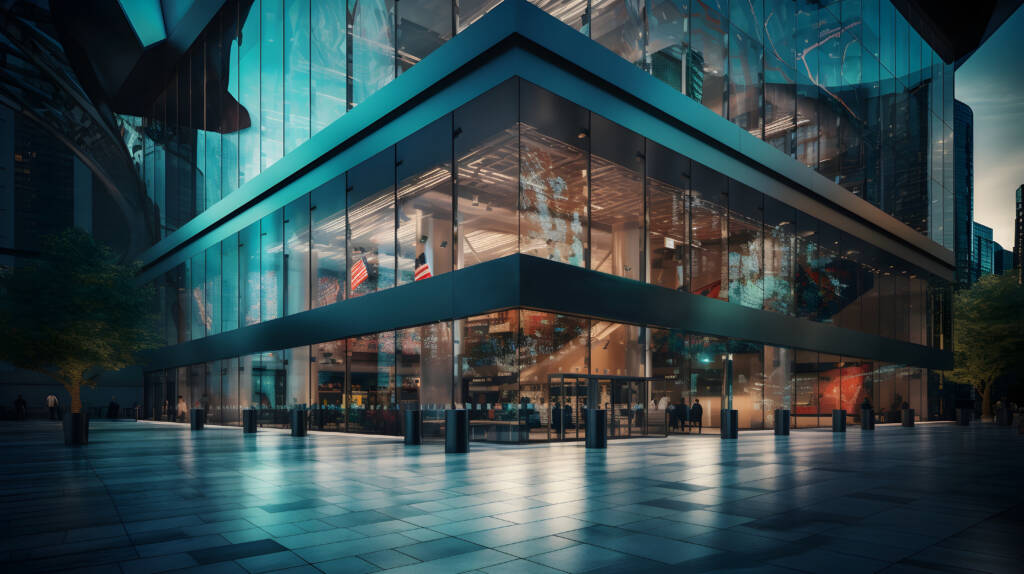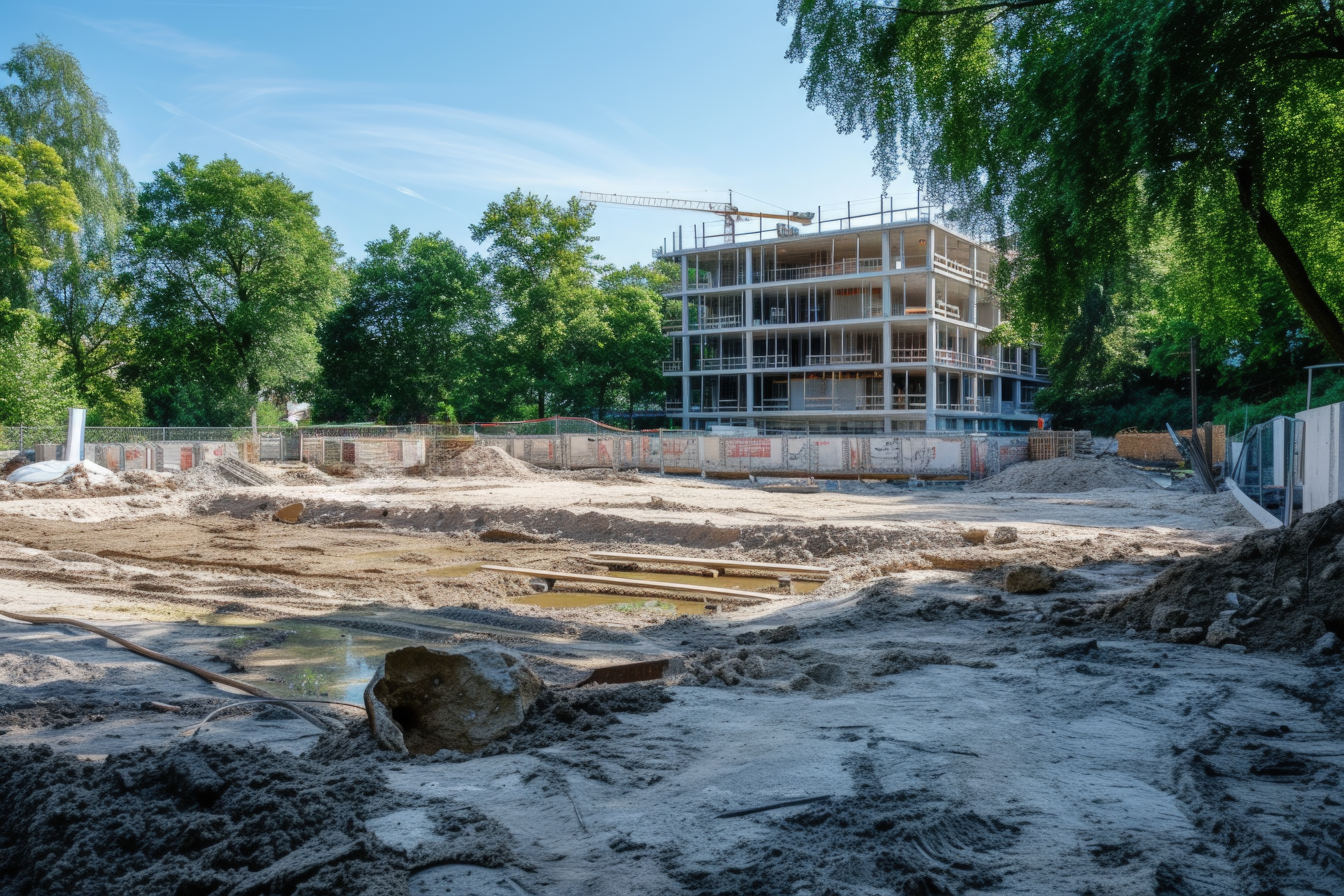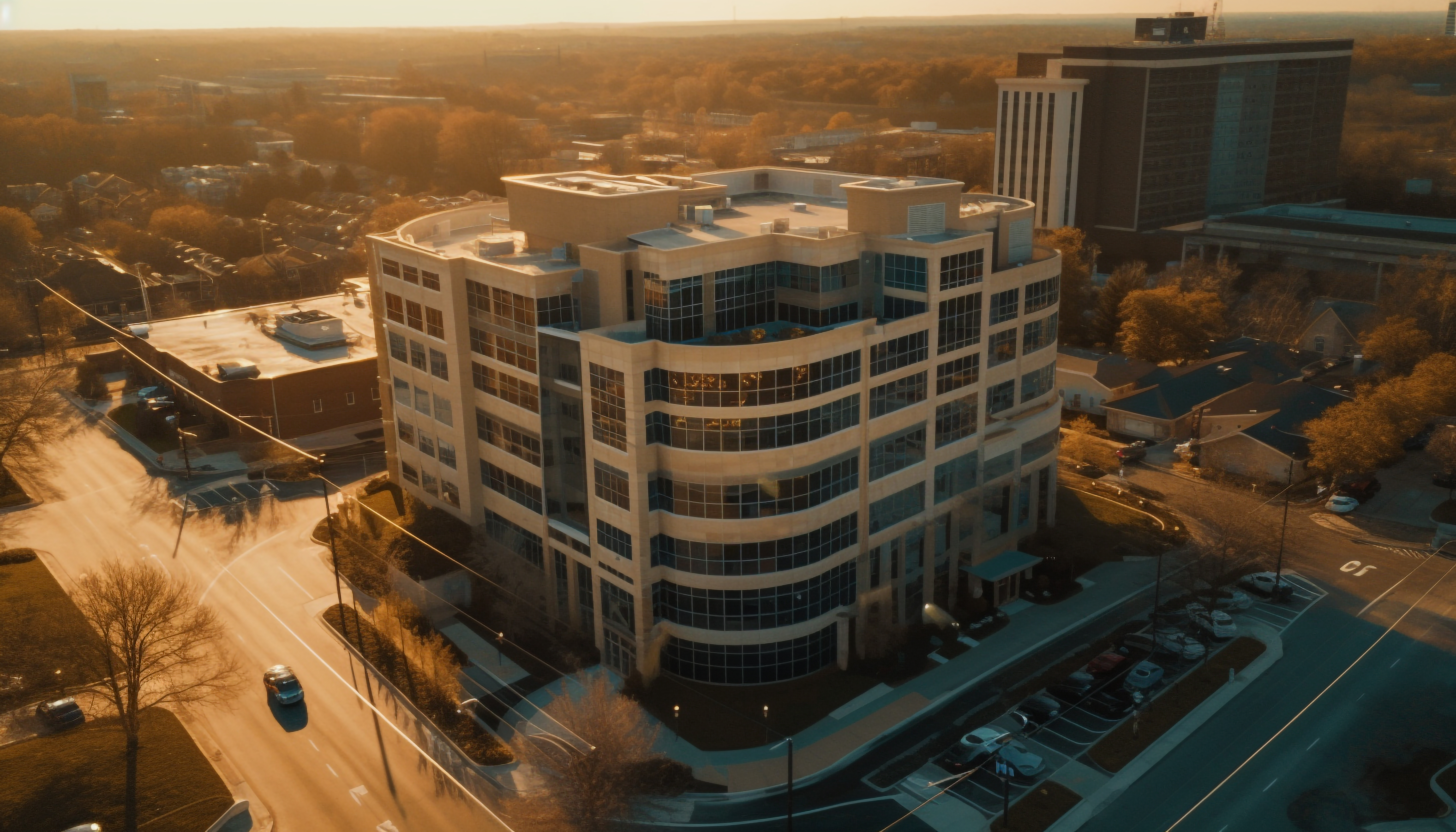As we head into 2025, the real estate landscape is changing, and for anyone involved in commercial properties or land investment, it’s crucial to stay ahead of these trends. From the rise of flexible office spaces to the growing demand for industrial real estate, the coming year promises exciting opportunities and challenges. In this blog, we’ll take a closer look at the key real estate trends that will shape the industry in 2025, offering practical insights for investors, developers, and businesses alike.
1. Commercial Property Investment Tips for 2025

Commercial property remains a strong investment choice, but as with any sector, it’s important to adapt to the changing market dynamics. Here are some tips to keep in mind:
- Diversify Your Portfolio: One size doesn’t fit all when it comes to commercial real estate. In 2025, successful investors are looking to diversify across different property types—whether it’s office spaces, retail centers, or industrial properties. Don’t put all your eggs in one basket. Know your market and assess what’s driving demand in your area.
- Sustainability is Key: Buyers and tenants alike are prioritizing sustainability. Green buildings are no longer just a trend—they’re becoming a standard. From energy-efficient designs to eco-friendly construction, properties that emphasize sustainability are likely to attract higher-quality tenants and hold their value over time. So, when investing, look for properties with green certifications or those that support environmentally conscious businesses.
- Embrace Technology: The rise of smart buildings and AI-driven property management tools has made tech a game-changer in commercial real estate. These technologies are not just for efficiency; they also create more value for tenants, which makes them an attractive selling point. If you’re not already thinking about how technology can improve your property, now is the time to start.
2. Leasing Commercial Office Space in 2025

The office space market has evolved dramatically in the past few years, and it’s clear that 2025 will be no different. Here’s what’s shaping office space leasing:
- Flexible Leasing Terms: Long-term office leases are becoming less common as businesses shift towards more flexible work arrangements. Companies now seek short-term leases or co-working spaces that can adapt to their changing needs. This flexibility is especially important for startups, growing businesses, or companies experimenting with hybrid work models. If you’re leasing commercial office space in 2025, expect to negotiate for more adaptable terms.
- Hybrid Workspaces Are Here to Stay: With remote work continuing to be popular, many businesses are designing hybrid workspaces—spaces that cater to both in-office and remote workers. Think meeting rooms with advanced tech setups, collaboration zones, and work-from-home-friendly amenities. Companies want spaces that can seamlessly support different working styles, making it a prime opportunity for property owners to cater to this demand.
- Prime Locations Still Matter: While remote work is here to stay, companies still want to have a presence in key urban areas. The appeal of proximity to clients, partners, and a skilled workforce means office spaces in prime locations, such as downtown districts, remain valuable. If you’re in a location with good transportation links and vibrant amenities, your property is likely to remain in demand.
3. The Future of Retail Space in Urban Areas

Image by vector_corp on Freepik
The future of retail space is being redefined in urban centers as businesses adjust to the growing dominance of e-commerce. Here’s how retail spaces are evolving:
- Experiential Retail is the New Norm: The days of simple shopping trips are gone. Retailers are increasingly turning their physical stores into experiences. Whether it’s immersive showrooms, interactive displays, or community-focused events, the in-store experience is becoming just as important as the products on the shelves. This shift gives retailers a chance to create deeper connections with consumers and drive foot traffic in their stores.
- Mixed-Use Spaces Are on the Rise: Shopping is no longer just about the goods; it’s about creating an experience. That’s why we’re seeing a rise in mixed-use spaces—areas that combine retail, entertainment, dining, and even residential units. These dynamic spaces are designed to draw people in and encourage them to spend time and money. If you’re involved in retail space development, consider how your property can serve multiple functions.
- Smaller Stores in Strategic Locations: Big-box stores are losing ground to smaller, strategically placed outlets. Retailers are moving toward smaller stores that are more focused on high-traffic locations, whether it’s in busy shopping districts or up-and-coming urban neighborhoods. These smaller stores cater to a more specific customer base while providing convenience.
4. How to Invest in Industrial Real Estate

Image by chandlervid85 on Freepik
Industrial real estate is having a moment, thanks to the continued growth of e-commerce and the increasing need for efficient logistics. Here’s what you need to know about investing in this lucrative sector:
- Warehouse Demand is Soaring: The explosion of online shopping has created a massive demand for warehouses and distribution centers. As e-commerce continues to boom, businesses need more space to store inventory and get products to customers faster. If you’re looking to invest in industrial properties, warehouses located near transportation hubs are especially valuable.
- Last-Mile Delivery Centers: One of the hottest trends in industrial real estate right now is last-mile delivery. These smaller warehouses, located closer to consumers, play a crucial role in speeding up delivery times. As urbanization increases and consumer expectations for fast delivery grow, investing in last-mile centers could offer strong returns.
- Tech-Driven Industrial Spaces: Industrial real estate is becoming more high-tech, with automation and robotics transforming how warehouses and manufacturing facilities operate. As these technologies become more widespread, properties equipped with the infrastructure to support them will become more desirable to tenants, offering a higher return on investment for investors.
5. Land Development for Beginners

Land development can be an incredibly profitable venture, but it’s not without its challenges. If you’re considering getting into land development in 2025, here’s a beginner’s guide:
- Know Your Zoning Laws: Zoning laws are crucial in determining what you can and can’t do with a piece of land. Before you purchase land for development, make sure you understand the local zoning laws that apply to your property. These regulations will tell you whether you can build residential, commercial, or industrial structures, and can have a huge impact on your investment’s potential.
- Location, Location, Location: When it comes to land, location is everything. Look for land in areas that are expected to see growth. This could be near expanding cities, in the path of major infrastructure projects, or close to newly developing neighborhoods. The right location will make a huge difference in your land’s future value.
- Infrastructure and Utilities: Land that already has access to essential infrastructure like water, electricity, and roads is far easier to develop. When buying land, always check the availability of these utilities. If you’re looking at raw land without existing infrastructure, the cost of getting utilities to the site could add up quickly.
6. Commercial Property Market Trends in 2025

Image by vector_corp on Freepik
So, what’s going on in the commercial property market in 2025? A few key trends are expected to shape the industry:
- The Logistics Boom: The demand for warehouses, distribution centers, and logistics hubs will remain strong. As supply chains become more complex and e-commerce continues to thrive, properties focused on logistics will be in high demand.
- Flexible Office Space: The rise of hybrid work and remote work means more businesses are leaning toward flexible office spaces. Expect increased demand for co-working spaces, short-term leases, and offices that support different working styles.
- Retail Transformation: The retail sector will continue its transformation as physical stores evolve into experiential spaces. Retail properties that can adapt and offer unique, engaging experiences to consumers will have the edge in a competitive market.
7. Is Land Banking a Good Investment?

Land banking—purchasing undeveloped land with the expectation that its value will increase over time—remains a popular strategy for many real estate investors. But is it still a good investment in 2025?
- Long-Term Gains: Land is a finite resource, and as cities grow, so does the value of surrounding land. If you invest in land in an area that is set to experience growth, you could see substantial returns when it’s sold in the future.
- Identifying Growth Areas: The key to successful land banking is knowing where growth is likely to occur. Look for land in areas near emerging urban developments, expanding infrastructure, or rapidly growing suburban neighborhoods.
- Market Risks: While land banking can be lucrative, it’s not without its risks. Economic downturns, changes in zoning laws, or slow development can affect your returns. It’s essential to do your homework and choose the right land for investment.
8. Top Tips for Commercial Property Buyers

If you’re considering buying commercial property in 2025, here are a few key tips to help you make the best decision:
- Do Your Research: Whether it’s office space, retail property, or industrial real estate, research is crucial. Know the local market, evaluate the demand for the type of property you’re considering, and assess the economic outlook of the area.
- Think Long-Term: When buying commercial property, think about long-term growth. Is the property in a location that will appreciate over time? Does it have potential for future development or renovation? A well-chosen property can provide steady income and long-term value.
- Get Expert Advice: Commercial property transactions are complex, so it’s always a good idea to consult with real estate agents, legal professionals, and financial advisors. They can help you navigate the intricacies of the market and ensure you’re making a sound investment.
Conclusion
The real estate landscape in 2025 will be marked by flexibility, technology, and sustainability. Whether you’re looking to invest in commercial property, land development, or explore new trends in retail and industrial real estate, staying informed is key to making wise decisions. By understanding these trends, you can position yourself to take advantage of the opportunities that lie ahead, ensuring success in the ever-evolving world of real estate.

